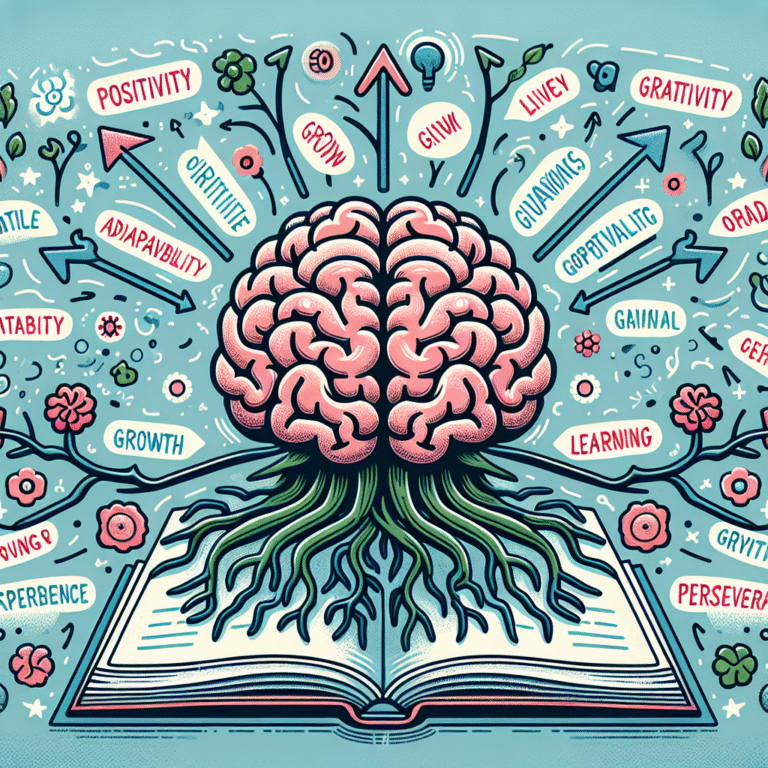
Introduction
In an era where academic achievements often overshadow emotional well-being, Cultivating Connections: The Power of Social Emotional Learning in Schools emerges as a beacon of hope. The need for comprehensive education that encompasses not just cognitive growth but emotional intelligence has never been more pressing. Today’s students face a myriad of challenges, from social media pressures to academic stressors, making it essential to equip them with the skills necessary for personal and interpersonal success.
Social Emotional Learning (SEL) is fundamentally about understanding your own emotions, learning to manage them, and applying that understanding to foster healthy relationships. As we explore this vital concept in education, we will dive into its implications, successes, and transformative power within school environments.
The Importance of Social Emotional Learning (SEL)
Defining SEL
Social Emotional Learning refers to a process through which individuals—students, educators, and even families—acquire skills to manage emotions, set positive goals, show empathy for others, establish positive relationships, and make responsible decisions.
Why SEL Matters
- Mental Health Benefits: With rising rates of anxiety and depression among youth, SEL provides essential tools for emotional regulation.
- Academic Performance: SEL is linked to improved academic outcomes, as students with stronger social-emotional skills tend to excel in their studies.
- Long-term Success: The capabilities nurtured through SEL contribute to lifelong skills such as effective communication, resilience, and teamwork.
Key Components of SEL
Self-Awareness
Understanding one’s emotions and recognizing how they influence behavior is the first step in SEL. This self-awareness leads to better decision-making and interpersonal relationships.
Self-Management
Once students are aware of their emotions, they learn how to manage and express them appropriately. This involves impulse control, stress management, and motivation, which are critical for both academic achievement and personal growth.
Social Awareness
This component emphasizes empathy and understanding others’ perspectives. Socially aware students can navigate social complexities and foster meaningful relationships.
Relationship Skills
Effective communication and building positive relationships are pivotal in a student’s life. SEL teaches conflict resolution, active listening, and collaboration, preparing students for team dynamics in school and later in life.
Responsible Decision-Making
Students are guided to make ethical decisions regarding personal and social situations. This skill fosters accountability and instills a sense of integrity.
Case Studies Illustrating the Impact of SEL
Case Study 1: The Collaborative for Academic, Social, and Emotional Learning (CASEL)
Context
CASEL is a leading organization that has laid the groundwork for implementing SEL in schools across the U.S. Their framework has been adopted by various districts, demonstrating improved student outcomes.
Impact
Schools implementing CASEL’s framework reported a significant increase in students’ academic performance, along with a 20% drop in disciplinary incidents due to better emotional regulation among students.
Case Study 2: Chicago Public Schools
Context
Chicago Public Schools have integrated SEL into their curriculum with a focus on restorative practices.
Impact
After introducing SEL, schools witnessed a 30% decrease in behavioral issues and improved test scores. Teachers noted that students felt more connected to their school environment, enhancing the overall educational atmosphere.
Table: SEL Impact Indicators
| Indicator | Before SEL Implementation | After SEL Implementation |
|---|---|---|
| Academic Performance | 70% passing rate | 85% passing rate |
| Behavioral Issues | 40 incidents/month | 10 incidents/month |
| Student-Attendance Rate | 90% | 95% |
Implementing SEL in Schools
Building a Supportive Culture
- Professional Development: Training educators in SEL practices ensures they are well-equipped to model emotional intelligence.
- Family Involvement: Engaging parents in the discussion of SEL creates a supportive environment at home, reinforcing what students learn at school.
Curriculum Integration
Incorporate SEL into existing curricula through team-building exercises and collaboration projects, allowing students to practice these skills in a practical context.
Continuous Assessment
Consistent evaluation of SEL effectiveness through surveys and academic performance metrics helps in refining programs to better suit student needs.
Challenges and Solutions
Potential Challenges
- Resistance to Change: Some educators may be hesitant to alter traditional teaching methods.
- Resource Limitations: Schools may lack funding for comprehensive SEL programs.
Solutions
- Pilot Programs: Implement small-scale SEL initiatives to demonstrate efficacy before broadening efforts.
- Community Partnerships: Collaborate with local organizations to access resources and funding.
Conclusion
Cultivating Connections: The Power of Social Emotional Learning in Schools is not just an educational initiative; it is a necessary evolution in how we approach student development. By embracing SEL, schools can create environments that not only foster academic achievement but also promote emotional well-being, preparing students for a successful future.
The journey may be challenging, but the rewards—stronger communities, resilient individuals, and thriving learners—are immeasurable. It’s time for educational leaders, teachers, and families to join forces in this noble endeavor. Our children deserve a holistic education that prioritizes their hearts as much as their minds.
FAQs
1. What is the primary goal of SEL?
The primary goal of SEL is to equip students with the skills they need to understand and manage their emotions, build relationships, and make responsible decisions.
2. How does SEL improve academic performance?
SEL enhances students’ ability to focus, reduces behavioral issues, and fosters a positive learning environment, all contributing to better academic outcomes.
3. Can SEL be integrated into existing curricula?
Yes, SEL can be seamlessly integrated by incorporating emotional awareness activities into subjects like language arts and social studies.
4. What role do parents play in SEL?
Parents play a crucial role by reinforcing SEL concepts at home, providing emotional support, and collaborating with educators to promote a cohesive learning environment.
5. What resources are available for implementing SEL in schools?
Numerous organizations, including CASEL, provide resources, toolkits, and training programs aimed at integrating SEL into school systems.
By recognizing Cultivating Connections: The Power of Social Emotional Learning in Schools, we embrace a transformative approach that equips future generations not just to survive but thrive in an increasingly complex world.















